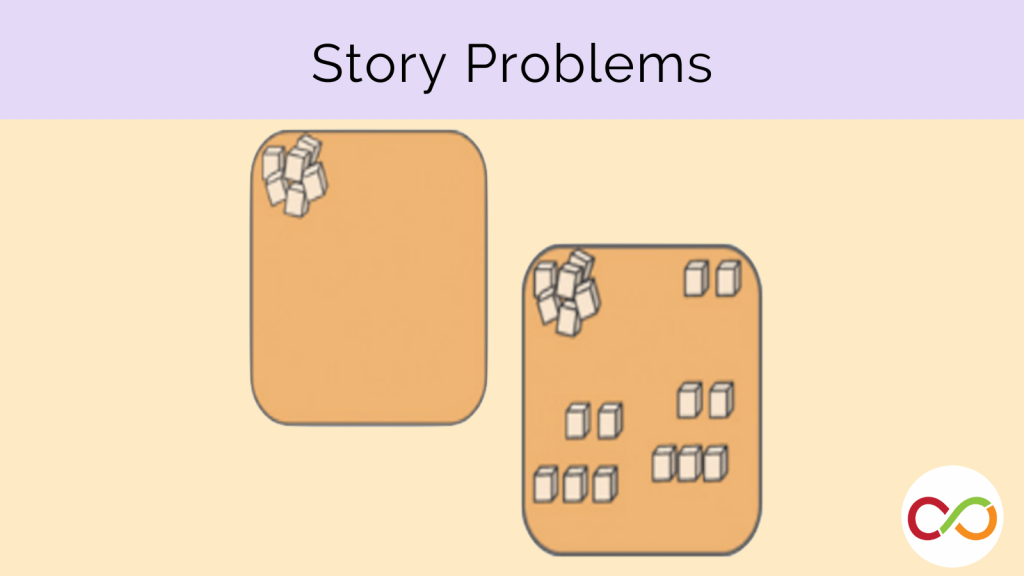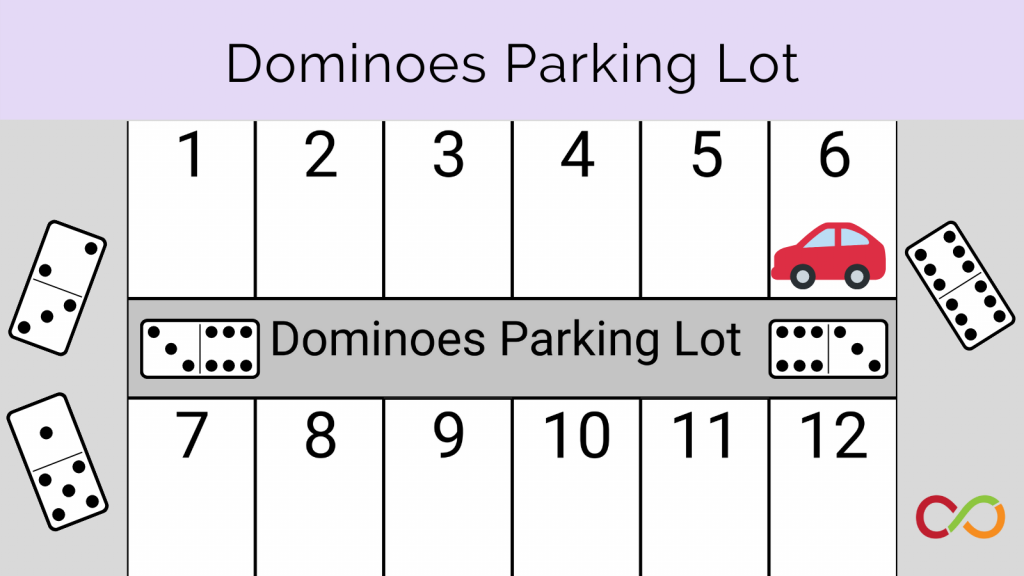Number Hunt
Early Years/Primary (Age 3 – 9)
Curriculum Goal
Kindergarten: Demonstrating Literacy and Mathematics Behaviour
- Demonstrate an understanding of numbers, using concrete materials to explore and investigate counting, quantity, and number relationships (#15).
Primary: Number Sense
- Read, represent, compare, and order whole numbers to 50, and use concrete materials to investigate fractions and money amounts.
Context
- Students play in small groups with assistance from the teacher.
Materials
- One die (large die would be preferable)
- One bingo dabber per student
- One worksheet per student (Appendix A – three versions of varying levels of difficulty and one blank version)
Lesson
- Introduce students to the activity by showing the die and the worksheet with the corresponding numbers.
- Easy version: sheet with numbers and dots.
- Harder version: sheet with only numbers.
- Explain that students will take turns rolling the die and that the student who rolls will count the number of dots on the die aloud for everyone to hear. Then, students will stamp that number on their worksheet using a bingo dabber.
- Model the activity with a student, making sure to point to the corresponding number on the worksheet.
- Begin the game. If a student does not immediately know the symbolic representation of a number, prompt them to count the number of dots on the sheet.
- Facilitate discussions during the game. Potential questions/prompts once a student has successfully counted the number of dots on the die:
- Can you tell how many dots there are on the die without counting?
- What would the number of dots be if I started counting from here [point to a different dot than where they started]?
- How did you get that answer? This will lead them to reflect on the strategy they used and allow the teacher to determine if they were able to subitize.
- Take turns until all dots are covered.
Look Fors
- Do children count each dot, without skipping or double counting?
- Do students recognize that the final number that they count is the total number of dots on the die (i.e. the answer)?
- Do students get the same answer if they begin counting from a different dot?
- Can students determine the final number without counting?
- Can students link the number of dots to the symbolic representation of the number?
Extension
- Increase difficulty by including a few dots on the worksheet where the numeral is replaced with an addition equation where the sum is no greater than six (e.g. 2+3, see Appendix A).
- Include manipulatives to help students add the numbers together.
- Roll two dice to increase students’ number knowledge to 12. Create a new 1-12 worksheet using the blank worksheet (Appendix A)
Share this lesson
Share on facebook
Share on twitter
Share on email


